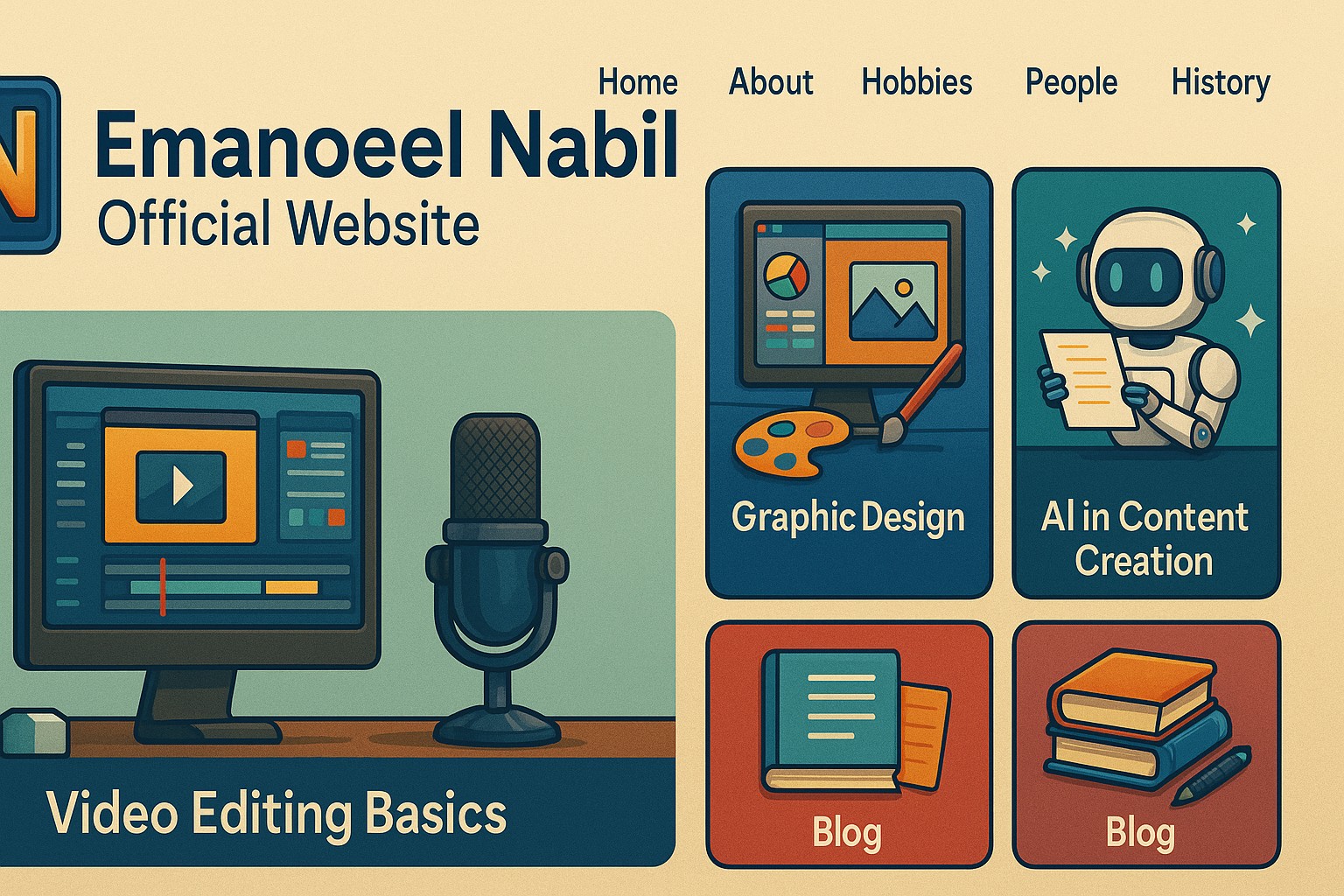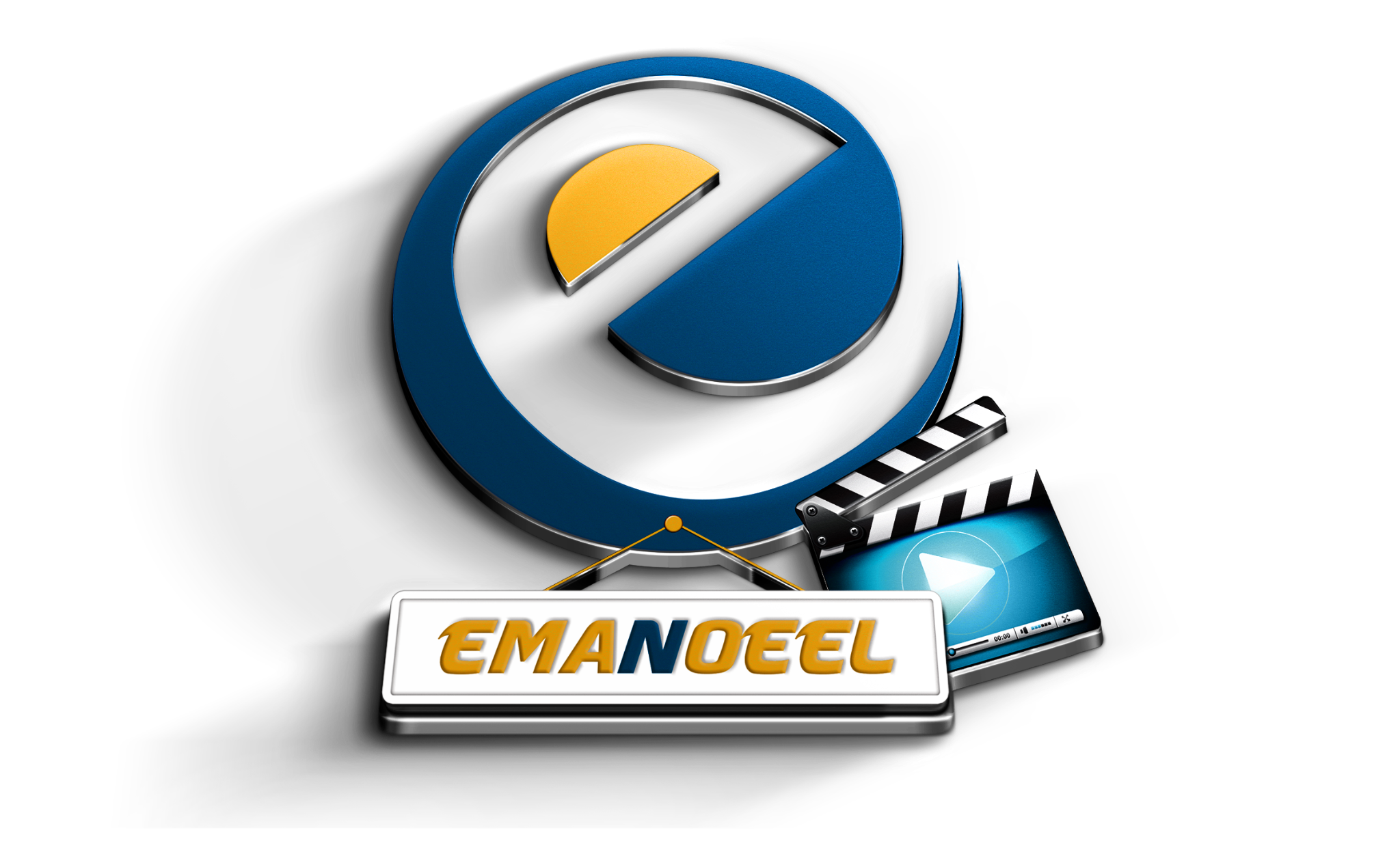Camera Shots & Cinematography
Understanding common shot types to tell your story visually.

Plan your shots
Before you start filming, it helps to visualise your project. Storyboards and shot lists allow you to plan the narrative flow, choose camera angles and transitions. Defining a visual style early in pre‑production guides how you capture and edit each scene.
Common shot types
- Wide shot (long shot): shows the subject in its surroundings to establish context.
- Medium shot: frames the subject from the waist up, balancing the person and environment.
- Close‑up: focuses tightly on the subject’s face or a key detail to emphasise emotion.
- Extreme close‑up: highlights a very small detail, such as an eye or hand, for dramatic effect.
- Over‑the‑shoulder shot: looks past one character’s shoulder at another character, creating tension in dialogue scenes.
- Point‑of‑view (POV) shot: simulates the viewpoint of a character to immerse the audience in their experience.
Mixing different shot sizes and angles helps you craft a dynamic sequence that maintains viewer interest and supports your story.

